Ladybugs are an organic gardeners best friend because they spend their days eating destructive garden pests, including aphids, whiteflies, cabbage moths, and mites. Thanks to their voracious appetites, ladybugs are considered beneficial insects by gardeners who want to control pest populations without using toxic pesticides.
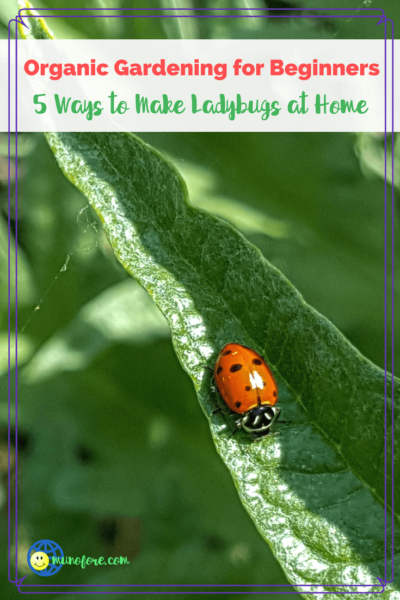
One thing to understand about organic gardening is the idea of a balanced ecosystem. In a perfect dream world Utopian garden there would be no plant devouring insects. Which means the insects that eat them would have nothing to eat, which means the birds and amphibians that eat them would have nothing to eat and so and so on... the circle of life baby!
The organic gardener wants to attract ladybugs to control the pest insect population, not completelyt eliminate it.
Since ladybugs cannot read help wanted ads, gardeners need to make their garden enticing for the ladybug to call it home.
#1 Embrace Organic Practices
Toxic pesticides do not discriminate. They kill beneficial insects just as readily as the negative ones. Therefore, eliminating the use of any type of pesticide in and around your home is a good first step toward attracting more ladybugs to your garden.
The first thing my mother will tell you when she hears the word "ladybug" is how they all disappeared in our yard in the San Francisco Bay Area for decades after the malathion spraying in the early 1980's. The spray was supposed to combat the Mediterranean Fruit Fly infestation, but of course it killed far more than just that single type of insect. It threw the ecosystem out of balance for years.
#2 Provide “Decoy” Plants
Aphids are the primary source of food for ladybugs and they need a steady supply of these pests to survive. These opportunistic pests are happy to devour your prized vegetable plants, but they are attracted to certain plants, such as mustard and nasturtium, milkweed more than others.
Yes, I am advocating growing plants aphids like to keep them in your garden.
By planting these “decoy plants” in one section of your garden, you can entice aphids to target them instead of the plants you do not want them destroying (my artichoke plants!!!). This will create a concentrated all-you-can-eat buffet for ladybugs, while diverting aphids away from the rest of your garden.
If you kill all of the aphids the ladybugs will leave and then next spring the aphids will come back in force with no predator in sight to keep them under control.
Attract ladybugs to your garden to control the pest population.#3 Plant Pollen-Producing Plants
Ladybugs also love pollen, nectar and honeydew, especially in the Spring while they are waiting for their insect buffet to appear and multiply. They love culinary herbs, such as parsley, dill, and fennel, and flowering plants including angelica, marigolds, sweet alyssum, yarrow, and cosmos. Unlike their insect prey, they help pollinate these plants instead of destroying them.
Grow a variety of these plants in and around your garden to entice more ladybugs to stay. Which is a great reason to plant an herb garden to go along with your vegetable garden.
#4 Provide Adequate Shelter
Ladybugs are rather minimalistic creatures in that they don’t require a fancy place to live. Decomposing logs, adequate ground cover, or leafy bushes can serve as a place to hide from predators.
Which basically means they will live anywhere they can find food.
#5 Purchase Ladybugs if You Must
You’ll need a large number of ladybugs to control a large scale aphid infestation. If the natural population in your area is insufficient, you can also purchase ladybugs for your garden. But, if you have not taken care of steps 1-4, they won't be hanging around for long.
Remember, if you show your ladybug friends a little love, they will return the favor and protect your favorite plants.












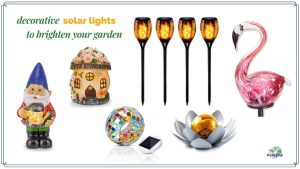

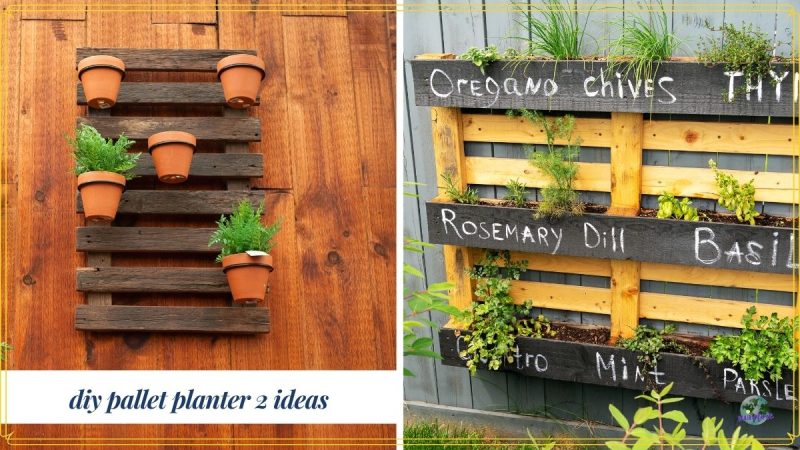
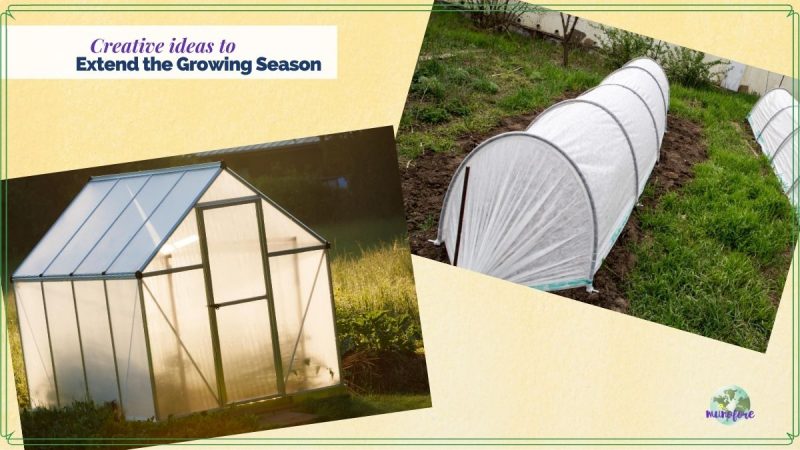
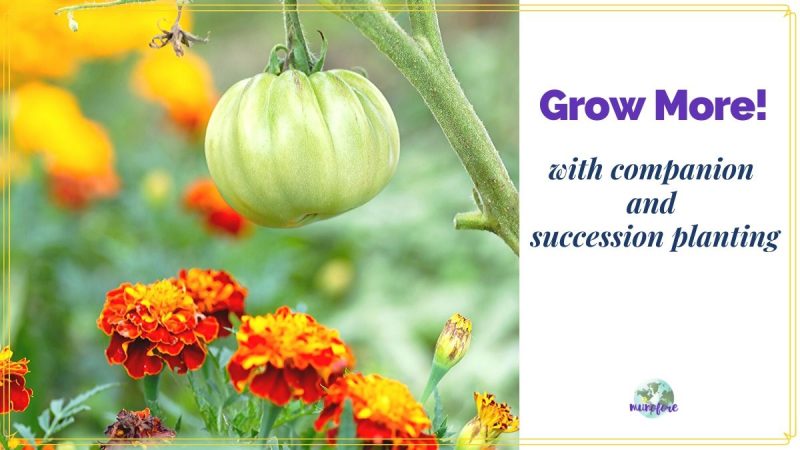
Lauren says
Wow, I didn't know this, I'm going to try it and I didn't even know you could purchase ladybugs!
Audrey Humaciu says
It used to only be the small gardening shops that had them, but I saw that at one of the big box stores recently.